Chemistry-
General
Easy
Question
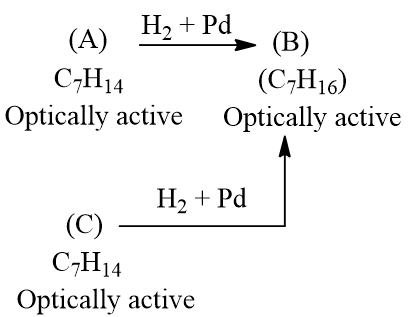
(A) and(C) are different compound s and rotate the plane-polarised light in the same direction, andboth are dextrorotatory. Both (A) and(C) do not show diastereomers, whichof the following statements are correct?
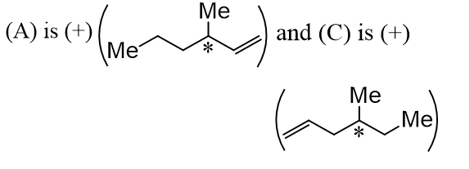
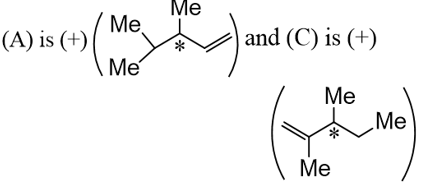
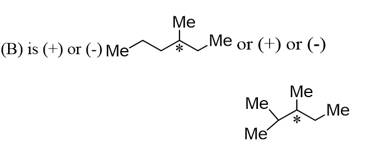
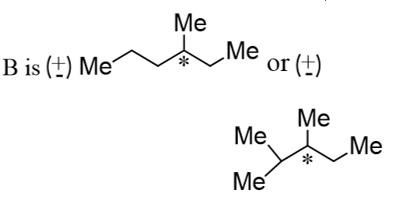
The correct answer is: 
Related Questions to study
chemistry-
Which of the following dienes and dienophiles could be used to synthesise the following compound (A) ?

Which of the following dienes and dienophiles could be used to synthesise the following compound (A) ?

chemistry-General
Maths-
16 sin 
16 sin 
Maths-General
physics-
Five conductors are meeting at a point x as shown in the figure. What is the value of current in fifth conductor?

Five conductors are meeting at a point x as shown in the figure. What is the value of current in fifth conductor?

physics-General
physics-
The figure shows a network of currents. The magnitude of current is shown here. The current I will be

The figure shows a network of currents. The magnitude of current is shown here. The current I will be

physics-General
physics-
The equivalent resistance between the terminals  in the following circuit is
in the following circuit is

The equivalent resistance between the terminals  in the following circuit is
in the following circuit is

physics-General
physics-
The equivalent resistance between points A and B of an infinite network of resistances, each of 1 , connected as shown is
, connected as shown is

The equivalent resistance between points A and B of an infinite network of resistances, each of 1 , connected as shown is
, connected as shown is

physics-General
Maths-
The period of  is
is
The period of  is
is
Maths-General
Maths-
The period of  is
is
The period of  is
is
Maths-General
Maths-
Period of tan 4x+sec 4x is
Period of tan 4x+sec 4x is
Maths-General
Maths-
The cotangent function whose period  is
is
The cotangent function whose period  is
is
Maths-General
physics-
Thirteen resistances each of resistance R are connected in the circuit as shown in the figure. The effective resistance between points A and B is
are connected in the circuit as shown in the figure. The effective resistance between points A and B is

Thirteen resistances each of resistance R are connected in the circuit as shown in the figure. The effective resistance between points A and B is
are connected in the circuit as shown in the figure. The effective resistance between points A and B is

physics-General
physics-
Six resistors, each of value 3 are connected as shown in the figure. A cell of emf 3V is connected across
are connected as shown in the figure. A cell of emf 3V is connected across  The effective resistance across
The effective resistance across  and the current through the arm
and the current through the arm  will be
will be

Six resistors, each of value 3 are connected as shown in the figure. A cell of emf 3V is connected across
are connected as shown in the figure. A cell of emf 3V is connected across  The effective resistance across
The effective resistance across  and the current through the arm
and the current through the arm  will be
will be

physics-General
physics-
In the circuit shown the value of I in ampere is

In the circuit shown the value of I in ampere is

physics-General
physics-
The given graph shows the variation of velocity with displacement. Which one of the graph given below correctly represents the variation of acceleration with displacement?

The given graph shows the variation of velocity with displacement. Which one of the graph given below correctly represents the variation of acceleration with displacement?

physics-General
physics-
The displacement-time graphs of two moving particles make angles of  with the
with the  axis. The ratio of their velocities is
axis. The ratio of their velocities is

The displacement-time graphs of two moving particles make angles of  with the
with the  axis. The ratio of their velocities is
axis. The ratio of their velocities is

physics-General



